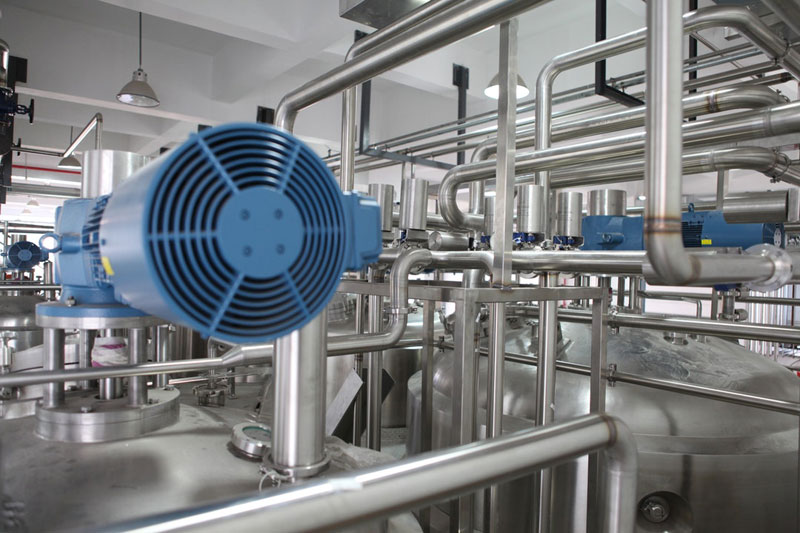
Unless you work in an industry that uses wet benches, chances are that you may have never heard of them before. However, a wet bench plays an important role in industrial automation and even in modern-day scientific research projects.
They clean debris and scrape away the film of a base or acid from the wafer of a processing unit. They also are instrumental in preparing a wafer during the process.
When using the wet bench to process a base, it is often referenced as a solvent bench. More often than not, however, the chemical used is an acid. Therefore, the most common term to describe these units is “wet bench.”
When using a wet bench, it is essential that you match it with the correct wafer size.
Learn more to find out what you need to know to determine the precise sizes.
Determining Which Wafer Size to Use for Wet Benches
The industry has increased the sizes of wafers in recent years, and they have paid a significant price in doing so. Some industry experts believe that the size will continue to increase significantly over the coming years.
Determining the size that you need is not rocket science. These tips will help you choose the right size wafer for the job.
The Advantages of Large Wafers
Using a larger wafer increases its ability to produce. This option means that the larger the wafer, the greater its production efficiency.
Due to the mass number of items that the wafers and wet benches produce during each use, a larger wafer is often necessary to accommodate our generation’s production needs. This option includes a wide range of products, such as mobile devices, that have become an increasingly commonplace item owned by most of us in today’s society.
However, in years past, the wafer size was often a good bit smaller. Sometimes it might have only been an inch in diameter.
Today, the rate of production demands manufacturers to use a larger wafer.
Typical Measurement of Common Wafer Sizes
Wafer sizes were once measured in inches, but today’s wet bench upgrades require a millimeter system of measurements.
The common sizes of wafers today run from 150 millimeters to 450 millimeters. In inches, this translates to about 5.9 to 18 inches.
In 1980, a 150-millimeter wafer might have sufficed for production needs, but in 2017, the 450-millimeter wafer was introduced to meet increased demand for production.
Determining Wafer Size
To determine the wafer size that is best for you, then you should first determine your production needs.
If you intend to produce in large numbers, then you will want to use a larger wafer. Otherwise, your wafer will not be able to handle your production line and you will have to use more than one to meet your needs.
Let Us Help You Match the Right Sized Wafer for Your Needs!
If you are trying to decide which wafer size to choose for your wet benches and need some direction, we can help.
Contact us today to get the expert advice you need.
Established in 1994, Superior Automation provides cutting-edge automation solutions for customers around the globe, ensuring quality control and meeting industry safety and compliance standards.
